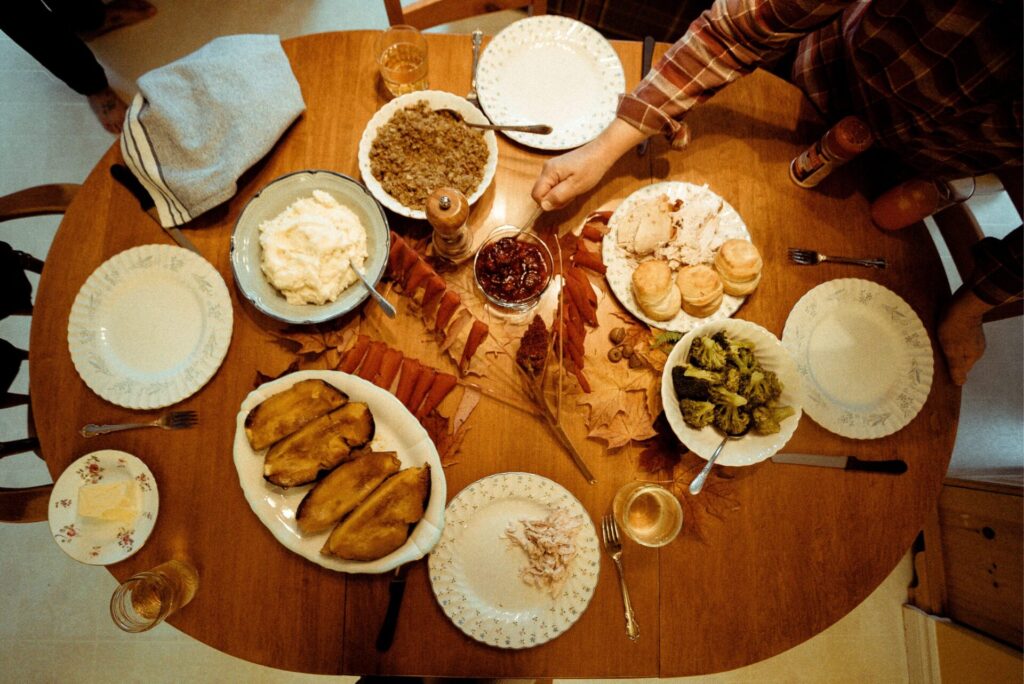Autumn is the perfect season to enjoy warm, comforting meals. For blind and partially sighted cooks, preparing seasonal dishes can be both simple and enjoyable with the right strategies. Here are some practical tips for accessible cooking in the autumn kitchen.
- Organise Your Kitchen for Accessibility
Keeping your kitchen organised is essential when cooking for blind or low vision people. Group utensils and ingredients by function or shape, and use tactile markers—such as rubber bands or textured stickers—to easily identify jars, bottles, and containers. Listening for sounds, like the sizzle of roasting vegetables or the simmer of a pot, can guide cooking without relying on sight. Have a look at the RNIB page on accessible cooking practises here.
- Embrace Seasonal Autumn Ingredients
Autumn produce such as pumpkins, squash, sweet potatoes, apples, and pears is versatile and forgiving. Roasting, stewing, or baking brings out natural flavours and can be managed largely by touch, smell, and sound. Small tools like finger guards or kitchen scissors make chopping herbs and vegetables safer for low vision cooking.
- Use Consistent Heat and Timer Methods
Many autumn recipes involve slow cooking or baking. Using talking thermometers, voice-activated timers, or digital timers ensures that meals are cooked perfectly. Keeping pots and pans in consistent positions on the hob reduces spills and accidents, making multitasking safer and easier.
- Utilise Assistive Technology in the Kitchen
Assistive technology can make a big difference for blind and low vision chefs. Tools like RealSAM can read recipes aloud, set timers, and provide hands-free guidance, allowing you to follow autumn recipes confidently. Think of it as a virtual kitchen companion, supporting you while you focus on the cooking experience.
- Prioritise Safety in the Kitchen
Autumn cooking often involves hot soups, roasting trays, and steaming drinks. Use contrasting chopping boards and silicone mats to define prep areas, keep pot handles turned inwards, and maintain clear walkways. Always lift hot items with both hands and use lids or splatter guards to prevent burns.
Cooking in autumn can be a joyful, sensory experience for blind and low vision people. By combining organisation, seasonal ingredients, safe techniques, and assistive technology, anyone can create delicious, accessible autumn meals full of flavour and comfort. We hope you enjoyed these autumn tips for accessible cooking!
If you’re more of an outdoors person, check out last week’s post, which explores 5 Autumn experiences that indulge your senses other than sight!


